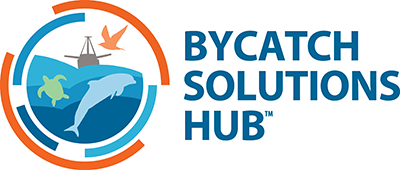A new publication in Conservation Letters published last week defined a working definition of “destructive fishing” using the Delphi technique. The study, a collaboration of over 80 fisheries experts from 32 countries, was first presented in March at the World Fisheries Congress meeting in Seattle, Washington.
The working group defined destructive fishing as “any fishing practice that causes irrecoverable habitat degradation, or which causes significant adverse environmental impacts, results in long-term declines in target or nontarget species beyond biologically safe limits and has negative livelihood impacts.”
According to the authors, destructive fishing practices need to be more clearly defined in order to more effectively protect ocean ecosystems and sustainable fisheries. The single stock sustainability concept needs to be more adequately expanded to include environmental damages directly resulting from fishing practices.
A co-author of the study, SFP’s Protecting Ocean Wildlife Manager and Bycatch Solutions Hub member Alexia Morgan added, “This work is an important step towards a consensus-built definition which can be adopted at the international and national level and improve the sustainability of fishing and the livelihoods of fishers.”
Out of the more common commercial fishing methods, the most destructive practices were determined to be dredges, gillnets/entanglement nets, and bottom trawls. This is likely due to their lack of catch selectivity and high levels of damage to benthic habitats. On the other hand, static and more selective gear such as pots/traps, handlines, and harpoons, were considered to be less destructive.
The surveys conducted addressed not only environmental, but also impacts on social and economic factors, both of which were considered to be significant.
Read the paper in Conservations Letters the link below.
